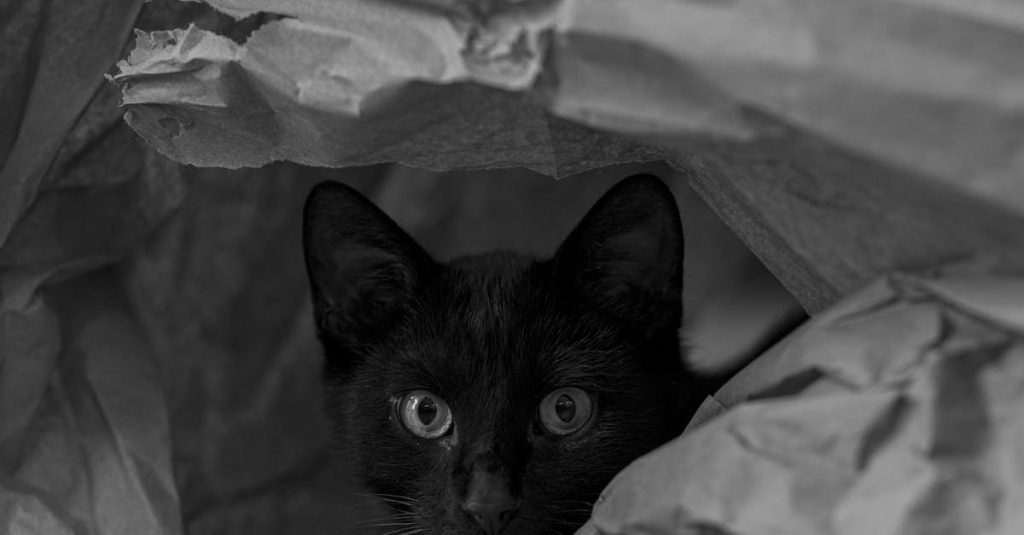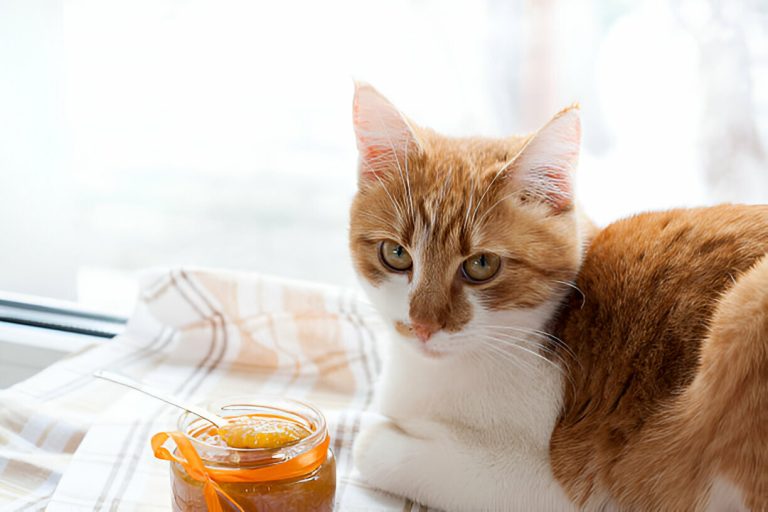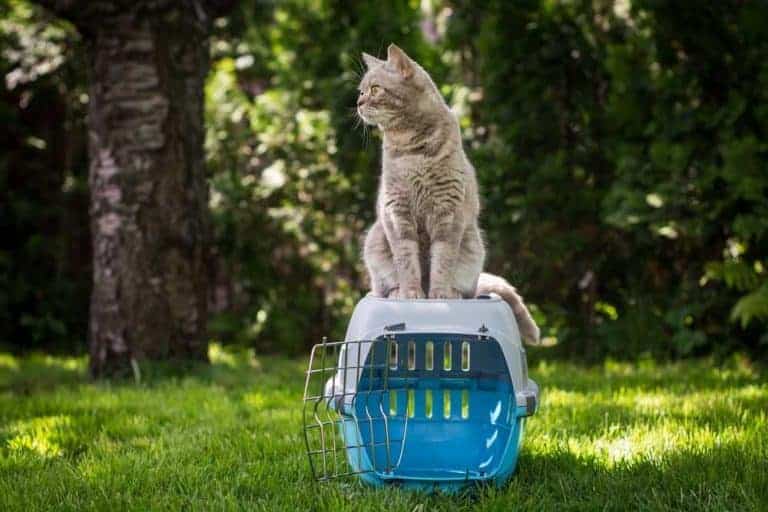Meloxidyl for Cats: Managing Feline Pain with Precision and Care

Meloxidyl, a non-steroidal anti-inflammatory drug (NSAID), is specifically formulated for the alleviation of pain and inflammation in cats. Chemically akin to meloxicam, it grants veterinary practitioners a targeted means to manage acute and chronic musculoskeletal disorders in our feline companions. Precision dosing is a hallmark of Meloxidyl, made possible by its graduated syringe, ensuring that each cat receives a treatment tailored to its specific weight, reducing the risk of overdosage and potential side effects.
Administered orally, Meloxidyl offers a palatable solution that integrates seamlessly into the daily routine of cats and their caregivers. It works by inhibiting the cyclooxygenase enzymes that are instrumental in the production of prostaglandins—compounds that contribute to pain, fever, and inflammation. Impressively, it strikes a delicate balance between efficacy and safety, reinforcing its role as a staple in the veterinarian’s arsenal against feline discomfort. The benefits of being able to treat pain effectively are multifaceted, not only improving the quality of life for cats but also facilitating smoother recoveries post-surgery and diminishing stress for both the animals and their human counterparts.
In the forthcoming sections, the focus will shift to a thorough examination of the administration guidelines, detailing the nuances of dosage adjustments, and the vigilance required to monitor cats for signs of adverse reactions. Additionally, insights will be provided into the importance of a harmonious collaboration between veterinarians and pet owners to ensure the optimal use of Meloxidyl in managing feline pain. These essential pieces of information aim to empower cat owners with knowledge, promoting an informed approach to their beloved pet’s healthcare.
By understanding the intricacies of Meloxidyl’s interaction with feline physiology, it becomes clear how essential this medication is in the quest for pain-free purrs. While the efficacy of this medication is undeniable, it is paired with an imperative for caution—long-term use or improper dosage can beckon the specter of renal or gastrointestinal issues in susceptible cats. Hence, there rests a responsibility on the shoulders of those who wield this small yet mighty tool, to do so with scrupulous attention to detail and an unwavering commitment to the well-being of their feline patients.
The narrative will then segue with precision into exploring the safeguards and contraindications associated with Meloxidyl. By apprising cat owners and veterinarians of the potential risks, as well as the signs of overdose or intolerance, the discussion aims to instill a heightened sense of stewardship in the ongoing dialogue about feline pain management. After all, precision and care in the administration of Meloxidyl mirror the level of dedication we owe to the subtle and sometimes enigmatic expression of discomfort in cats.
- Meloxidyl is a non-steroidal anti-inflammatory drug (NSAID) that is routinely prescribed to manage pain and inflammation in cats, often in cases of osteoarthritis or post-surgical pain.
- The active ingredient in Meloxidyl is meloxicam, which works by inhibiting the enzymes responsible for producing inflammatory substances, thus reducing pain and swelling.
- It is crucial to administer Meloxidyl according to a veterinarian’s prescription, as the dosage is typically calculated based on the cat’s weight and condition, to minimize the risk of side effects.
- While Meloxidyl can significantly improve a cat’s quality of life by alleviating pain, it’s important to monitor the cat for any adverse reactions, such as changes in appetite, vomiting, diarrhea, or behavioral alterations.
- Meloxidyl has a palpable flavor to promote acceptance, making it easier for pet owners to administer orally to their cats, either directly or mixed with a small amount of food.
- Long-term use of any NSAID, including Meloxidyl, can lead to potential risks such as kidney, liver, or gastrointestinal problems; hence, regular monitoring through blood tests may be recommended by a veterinarian.
- Owners should avoid giving Meloxidyl to cats with known hypersensitivity to meloxicam, and it should not be used in cats with pre-existing kidney, heart, or liver issues without careful veterinary oversight.
- An overdose of Meloxidyl can be dangerous and may be more likely in cats due to their particular sensitivity to NSAIDs; immediate veterinary care is crucial in the event of an overdose.
- Cats receiving Meloxidyl should not be given other NSAIDs or steroids concurrently, as this can increase the risk of adverse effects.
How Can Meloxidyl for Cats Precisely Manage Feline Pain?
When considering the treatment of pain and inflammation in cats, meloxidyl for cats emerges as a pivotal pharmaceutical choice. This non-steroidal anti-inflammatory drug (NSAID) is specifically tailored to cater to the unique physiology of felines, offering targeted relief from chronic ailments such as arthritis, as well as post-operative pain. Understanding the role, dosage, and administration of meloxidyl is essential for pet owners and veterinarians alike to ensure safe, effective management of a cat’s discomfort.
Understanding Meloxidyl for Feline Pain Relief
Meloxidyl, known generically as meloxicam, is an NSAID that is commonly prescribed for reducing inflammation and pain in cats. It works by obstructing the body’s production of prostaglandins, which are substances that contribute to inflammation and pain signals. Unlike some NSAIDs that are formulated for humans and dogs, meloxidyl is specifically designed with a feline’s biology in mind, offering a safer profile for managing chronic pain, particularly in cases of osteoarthritis. However, due to the potential for side effects, particularly affecting renal function, it’s crucial for dosing to be precise, typically administered in a liquid format to ensure accuracy and ease of use.
Meloxidyl for cats holds a critical role in the realm of veterinary medicine as it offers a nuanced approach to pain management in felines. Historically, the options for safely treating pain in cats were limited, creating a gap in animal welfare that meloxidyl has helped to address. As cats are particularly sensitive to certain NSAIDs and other medications, the development of meloxicam came as a significant advancement. Initially used in human medicine, the adoption of meloxicam under the name Meloxidyl for veterinary use has allowed for both acute and chronic pain to be treated more effectively in cats, thereby improving their quality of life.

Understanding Feline Pain Recognition
Cats are masters of disguise when it comes to hiding discomfort and pain. In nature, this trait serves to protect them from predators who might perceive weakness as an opportunity for attack. Consequently, cat owners need to be particularly astute in observing their pets. Pain in cats can manifest through subtle behavioral changes such as decreased activity levels, lowered appetite, altered grooming habits, or a reluctance to jump onto surfaces that were previously accessible with ease. Physiological indicators can also be present, such as increased heart rate, dilated pupils, and rapid, shallow breathing. It requires a perceptive eye to notice these changes and a caring approach to ensure that cats do not suffer in silence.
Alternative Pain Relief Methods for Felines
While pharmaceuticals are a common avenue for managing feline pain, alternatives exist that can complement medication or serve as standalone treatments. Acupuncture, for instance, is increasingly recognized as a viable option for pets, including cats, with practitioners adapting techniques specifically for feline anatomy and tolerances. Similarly, chiropractic adjustments can assist in alleviating pain associated with musculoskeletal issues, promoting better mobility and quality of life. Nutritional support, including supplements such as glucosamine and chondroitin, may aid in joint health, while therapeutic massages can relieve muscle tension and enhance circulation. These methods require thorough evaluation and should always be administered by professionals experienced in feline health care.
The Role of Environmental Adjustments in Feline Comfort
Environmental enrichment is essential for the emotional and physical well-being of cats, especially when navigating the discomfort of pain. Creating a stress-free environment can significantly improve a cat’s comfort levels. Implementing soft, supportive bedding, accessibility modifications such as pet stairs or ramps, and maintaining a calm, quiet ambiance can aid in pain management. Offering interactive toys and engaging activities can also divert attention from discomfort and promote gentle, beneficial movement. By modifying a cat’s living space to cater to their specific needs, owners can play a critical role in the overall pain management strategy.
Innovative Therapies in Veterinary Pain Management
Veterinary medicine has made notable advancements in pain management with technologies previously reserved for human treatment now modified for animal use. Laser therapy, for instance, harnesses the power of light to reduce inflammation and promote tissue repair, offering pain relief without the need for drugs. Cryotherapy is another technique that utilizes extreme cold to temporarily reduce nerve activity and inflammation, providing a non-invasive pain relief option. These innovative therapies reflect the ongoing commitment within the veterinary field to provide pets with the most compassionate and effective care possible and often require veterinary referral or specialist intervention.
What is Meloxidyl and how is it used to manage pain in cats?
Meloxidyl is a non-steroidal anti-inflammatory drug (NSAID) specifically formulated for the alleviation of inflammation and pain in cats. This medication contains meloxicam, which works by inhibiting enzymes responsible for producing inflammatory substances in the body, thereby reducing pain and swelling. It is commonly prescribed by veterinarians for cats suffering from chronic conditions such as arthritis or to manage pain and inflammation post-surgery.
The use of Meloxidyl in cats should always be under the guidance of a veterinarian, as they will determine the appropriate dosage based on the individual cat’s weight and condition. The medication is usually provided in a liquid formulation that can be given orally, often with a syringe for easy administration. Care should be taken to follow the prescribed dosage, as overdosing can lead to serious side effects.
Is Meloxidyl safe for all cats?
While Meloxidyl is generally safe for many cats, it is not suitable for every cat. Certain felines with underlying health conditions, such as kidney or liver disease, may be at higher risk for adverse effects when taking NSAIDs like Meloxidyl. It is also typically not recommended for use in cats that are pregnant, lactating, or suffering from gastrointestinal ulcers or bleeding disorders.
Before starting treatment with Meloxidyl, a veterinarian will evaluate the cat’s overall health and may perform baseline blood tests to ensure the cat can safely take the medication. Ongoing monitoring may be required for cats on long-term Meloxidyl therapy to promptly identify any potential side effects or complications. It’s crucial to discuss your cat’s medical history and current health status with the vet before administering this medication.
What are the potential side effects of Meloxidyl in cats?
Like all medications, Meloxidyl can cause side effects in some cats. Common side effects may include gastrointestinal issues such as vomiting, diarrhea, and loss of appetite. Some cats may also experience lethargy, changes in urination habits, or behavioral changes. While these side effects are usually mild and temporary, they can become serious if not addressed promptly.
In rare cases, Meloxidyl can lead to more severe adverse reactions, including kidney or liver damage, gastrointestinal ulcers, or bleeding disorders. Cat owners should monitor their pets closely for any signs of distress and contact their veterinarian immediately if any unusual symptoms or behaviors are observed. It is important to use Meloxidyl strictly as prescribed by a veterinarian to minimize the risk of side effects.
Can Meloxidyl be given to my cat for acute pain?
Yes, Meloxidyl can be prescribed to treat acute pain in cats, such as pain associated with injuries or surgeries. The medication offers fast-acting pain relief, particularly useful in managing discomfort following surgical procedures or traumatic injuries. The goal is to provide the cat relief while under close veterinary supervision, ensuring that the cause of the pain is also being addressed.
When prescribed for acute pain, the veterinarian will typically give an initial dose of Meloxidyl, possibly followed by additional doses at home, with specific instructions. It is critical to adhere to the dosage and frequency of administration as prescribed to avoid adverse effects associated with overdosing and to ensure effective pain management.
How long does it take for Meloxidyl to work?
Meloxidyl begins to take effect relatively quickly after administration, with many cats showing noticeable improvements in their pain levels and general comfort within hours. However, the full anti-inflammatory effects may take a bit longer to manifest, potentially observed over a few days of consistent use.
The duration of action for Meloxidyl can vary for each cat, and the frequency of dosing will be determined by the veterinarian based on the cat’s specific condition and response to the medication. Following the prescribed regimen is vital to ensure sustained pain relief and prevent breakthrough pain.
How should I administer Meloxidyl to my cat?
Meloxidyl is typically provided in a liquid form with a dropper or syringe for easy oral administration. The exact dosage will be determined by your veterinarian and is usually calculated based on the cat’s body weight. It’s important to measure the dose accurately and follow the instructions for administration closely.
The medication can be given directly into the cat’s mouth, ideally at the same time each day to maintain consistent levels in the cat’s system. If your cat is reluctant to take Meloxidyl, you can mix it with a small amount of food or a treat, but you should ensure the entire dose is consumed. Always consult with your veterinarian for the best administration practices tailored to your cat’s specific situation.
Is long-term use of Meloxidyl recommended for chronic conditions?
Long-term use of Meloxidyl may be recommended by veterinarians for managing chronic pain conditions such as arthritis. However, this decision is made on a case-by-case basis, considering the benefits of ongoing pain relief against the potential risks of prolonged NSAID use.
When prescribed for long-term use, routine monitoring, including blood tests, may be necessary to detect any signs of kidney, liver, or gastrointestinal issues. Adjustments to the dosage or frequency may be made over time based on the cat’s response to the medication and the presence of any side effects. Always consult with your vet regularly when using Meloxidyl for chronic conditions to ensure it remains the best therapy option for your cat.
Can I give my cat Meloxidyl without a veterinarian’s prescription?
No, Meloxidyl should never be given to a cat without a veterinarian’s prescription. It’s important for a veterinarian to conduct a thorough examination and potentially perform diagnostic tests before prescribing Meloxidyl. This ensures the medication is appropriate for your cat’s specific condition and that the proper dosage is determined to reduce the risk of side effects.
Additionally, the improper use of Meloxidyl can lead to serious health consequences for your cat. It is vital to follow a veterinarian’s guidance regarding the use of any medication, including NSAIDs like Meloxidyl, and to use it only as directed to ensure the safety and wellbeing of your pet.
Can Meloxidyl interact with other medications my cat is taking?
Yes, Meloxidyl can interact with other medications, potentially altering their effects or increasing the risk of side effects. For instance, combining Meloxidyl with other NSAIDs, certain diuretics, anticoagulants, or specific antibiotics can lead to harmful interactions. It is essential to inform your veterinarian about all medications and supplements that your cat is currently taking before starting treatment with Meloxidyl.
Your veterinarian will review your cat’s medication regimen to prevent any adverse interactions and offer safe alternatives if needed. If your vet prescribes Meloxidyl alongside other treatments, they will provide specific instructions to avoid complications. Never administer additional medications without first consulting with your veterinarian.
What should I do if I miss a dose of Meloxidyl for my cat?
If you miss a dose of Meloxidyl for your cat, administer the missed dose as soon as you remember, provided it’s not too close to the time for the next scheduled dose. If it is nearing the next dose, skip the missed dose entirely and continue with the regular dosing schedule. Do not double up or give extra doses to make up for the missed one, as this could increase the risk of side effects.
Maintaining a consistent schedule for medication administration helps ensure its effectiveness and reduces the chance of pain returning. If you frequently miss doses, you may need to find new ways to incorporate the medication schedule into your daily routine. Always communicate with your veterinarian if you have concerns about managing your cat’s medication schedule.
Final Thoughts
Meloxidyl for cats offers a focused approach to alleviating discomfort, ensuring our feline friends recover with minimal pain. Precision dosing, tailored to the individual cat’s weight and condition, underscores the drug’s effectiveness and safety. Recognizing the signs of pain in cats is crucial, as they often mask their discomfort, making Meloxidyl for cats an essential component in a veterinarian’s arsenal for pain management. Adherence to dosage recommendations and close monitoring for any potential side effects can prevent complications, reinforcing Meloxidyl for cats as a responsible choice for pet owners. Ultimately, responsible use of Meloxidyl under veterinary guidance can significantly improve the quality of life for cats experiencing acute or chronic pain, allowing for happier, more comfortable lives.






